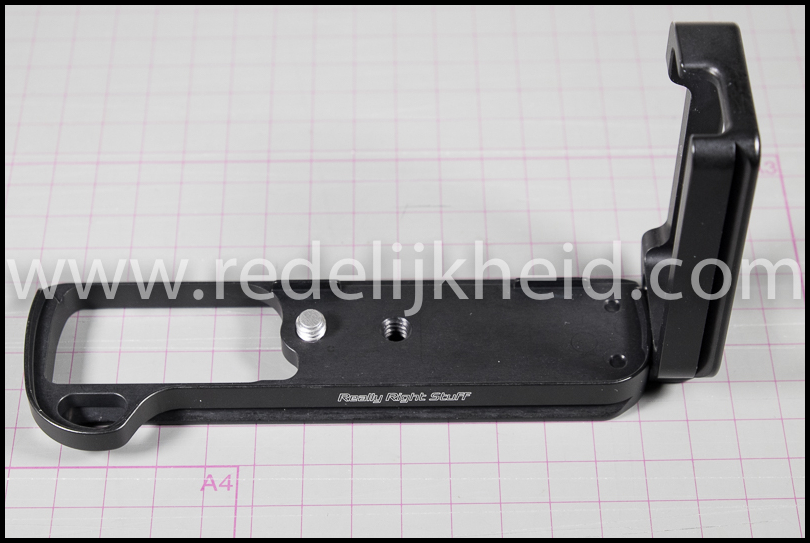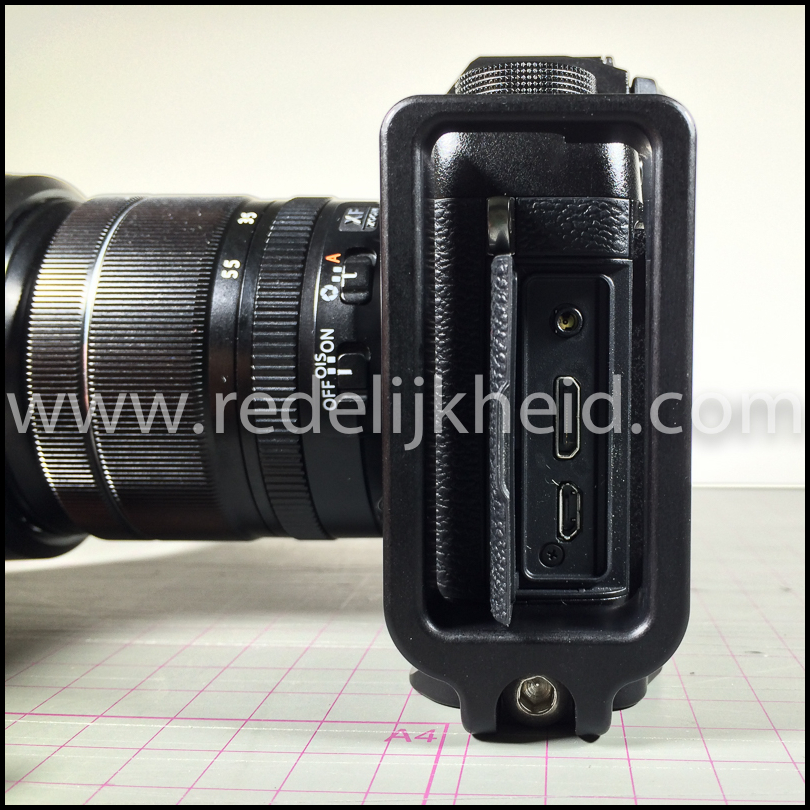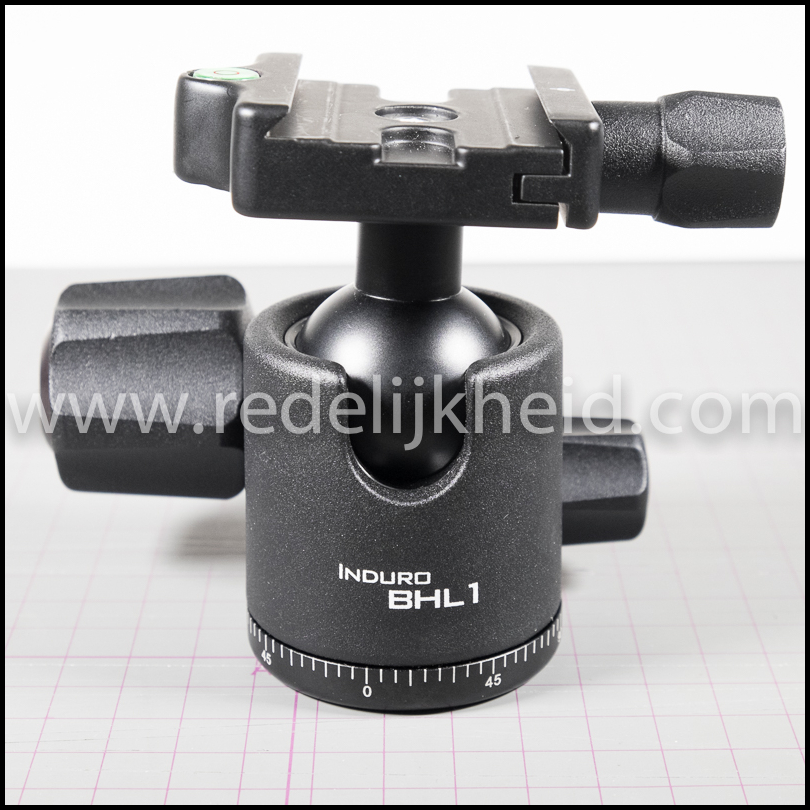A while back I investigated the possibility of using the Lee filter system on my Fujifilm X-T1. As you can see, I invested in two Lee ND filters;
- Lee Big Stopper (110ND / 10 stops Neutral Density Grey filter)
- Lee Little Stopper (106ND / 6 stops Neutral Density Grey filter)
The thing with ND filters is that they reduce the light evenly. This results in (depending on the greyness of the filter) longer exposure times. With enough 'stops' in front of your lens, you can stretch the exposure from 1/200s to 10 or 15 minutes. Shooting with exposure times of minutes instead of the usual fraction of seconds results in motion blur in the photos (assuming that you're not shooting a stationary object indoors). Expose long enough, and the movement becomes a silky haze.




























